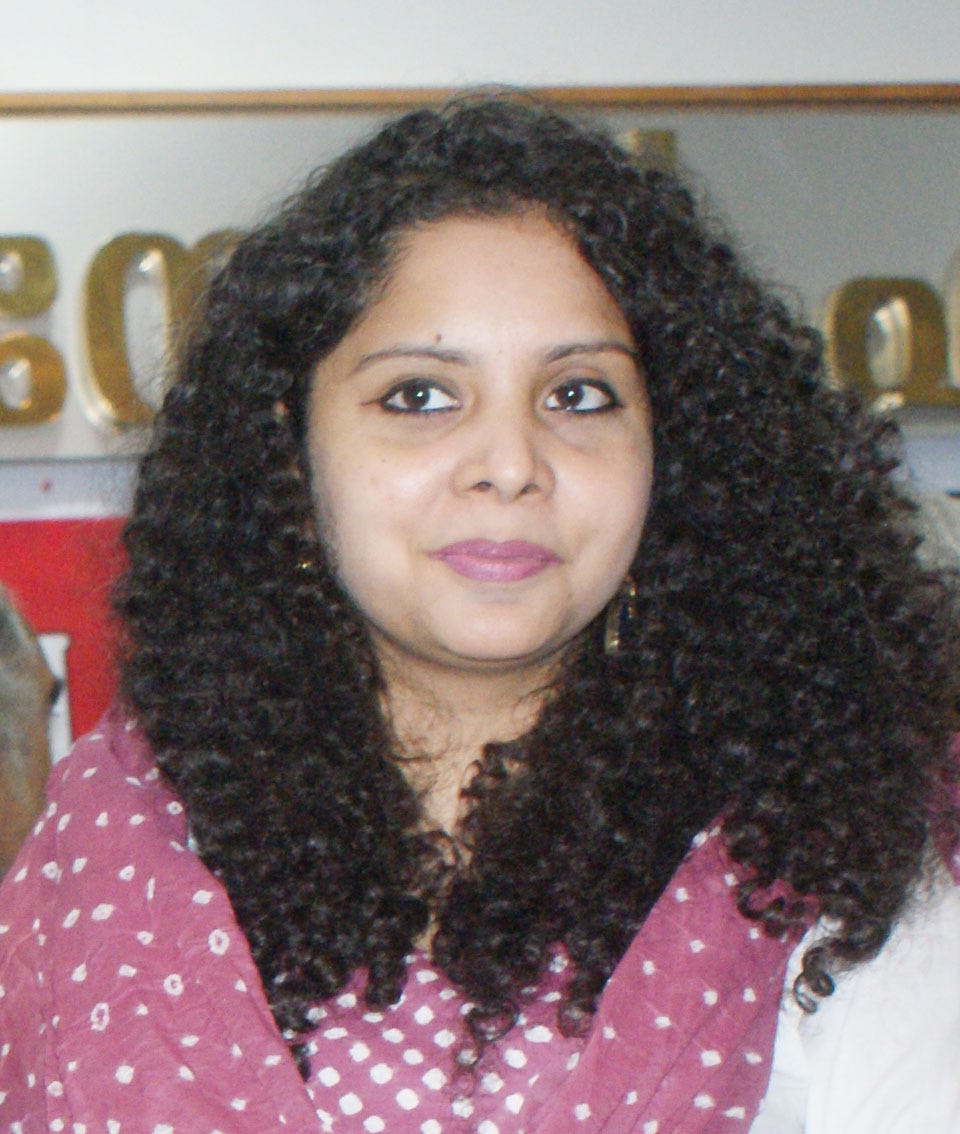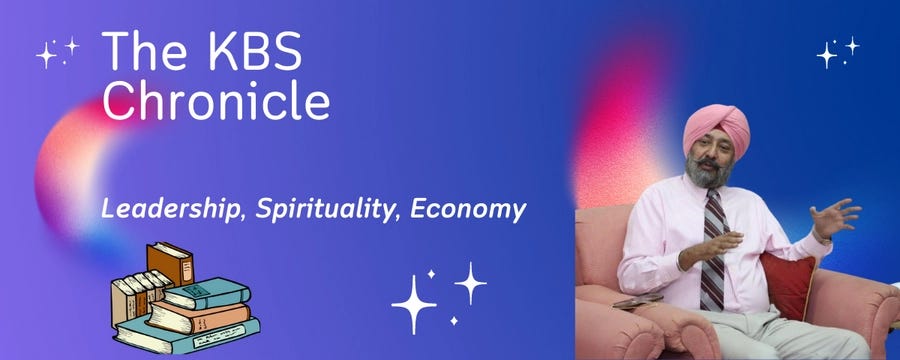Journalism Under Scrutiny: The Skewed Narrative of Press Freedom in India
Rana Ayyub interviews N Ram, the former Editor of "The Hindu" for "The Washington Post", exposing her bias and prejudice.
The Controversy of Representation and Bias
Amid the escalating political tensions with the looming Lok Sabha elections, Rana Ayyub’s recent interview in “The Washington Post” has attempted to ignite a vigorous debate on the current state of journalism in India. A journalist who herself is entangled in legal disputes over alleged financial misconduct, including money-laundering, Ayyub leverages her platform to cast light on the purported adversities faced by journalists in the nation. Conducting the interview from Chennai with N. Ram, a veteran journalist and former editor-in-chief of "The Hindu"—one of the country's most esteemed publications—she brings critical issues to the fore. Nonetheless, her narrative is mired in controversy, as accusations surface that she may be exploiting her identity, as a Muslim woman, Kashmiri journalist and influence to promote a personal and political agenda. This situation raises pressing questions about the delicate balance between journalism and political interests at a crucial juncture where public opinion can sway significantly.
Highlighting Press Issues
The interview shines a light on the critical issues faced by journalists in India, including raids, legal charges, and what Ayyub describes as authoritarian practices curtailing press freedom. Such coverage is vital for both public awareness and international scrutiny, pointing to the challenges that journalists face in a region with complex political dynamics. The inclusion of N. Ram, a veteran journalist, adds a layer of seasoned perspective to the narrative, enhancing the discourse surrounding these challenges.
Rich Contextual Information
Ayyub’s article is replete with substantial though highly elective background information that paints a vivid picture of the journalists' struggles. References to specific incidents and broader trends, such as India’s ranking on the World Press Freedom Index, help contextualize the severity of the issues discussed, providing readers with a comprehensive understanding of the stakes involved.
The Pitfalls of Leading Questions and Selective Reporting
However, the interview is not without its flaws. Ayyub’s approach has been criticized for leading questions that seemingly aim to confirm a preconceived narrative against the Modi administration, rather than seeking unbiased truth. This method risks skewing the conversation towards a predetermined conclusion, thus potentially misleading readers about the complexity of the issue at hand. Moreover, the focus on negative developments, to the exclusion of any positive changes or counterpoints, contributes to a one-dimensional portrayal of the situation.
Potential Conflict of Interest and Simplifications
The allegations of financial misconduct against Ayyub introduce a potential conflict of interest, casting a shadow over her credibility as a critic of the government. This aspect, coupled with generalizations about the state of democracy and press freedom, might not adequately reflect the nuanced realities of different regions and cases across India.
Comparing Press Freedom: Emergency vs. Today
In his response to Ayyub’s probing question, N. Ram offers a nuanced comparison, asserting that it is unfair to equate the current state of press freedom in India with the Emergency period of 1975-77. During that time, Prime Minister Indira Gandhi not only imposed total censorship but also incarcerated the entire opposition under the draconian Maintenance of Internal Security Act (MISA), without any provision for bail. The media was overtly controlled, and dissent was scarcely tolerated. Ram's analysis suggests that today's conditions, despite their challenges, are nowhere as severe. If the situation were truly comparable to the Emergency, this very interview and its subsequent online discussion would likely not be accessible in India, nor open to public analysis and debate. This perspective highlights a crucial, albeit imperfect, openness that still prevails in today's Indian media landscape, emphasizing the significant evolution of media freedom since those stringent times.
Reflection on Bias
The framing of the interview and its publication in The Washington Post could be seen as indicative of a bias against the current Indian government. Ayyub’s focus on the negative aspects of Modi’s governance, amplified by the absence of scrutiny on opposition voices, aligns with a broader perception of an anti-Modi and possibly anti-India stance. This perception is further bolstered by the use of Ayyub’s multiple identity facets, which some critics argue is an exploitation to further her agenda under the guise of professional journalism.
Summing Up: The Need for Balanced Journalism
While the interview provides valuable insights into the serious issues facing journalists in India, the approach and potential biases of the interviewer raise concerns about its objectivity and completeness. A more balanced journalistic report would ideally include a wider range of perspectives, incorporating voices supportive of the government's policies to provide a more comprehensive view of the challenges and dynamics of press freedom in India. Such balance is essential for maintaining journalistic integrity and fostering well-informed public discourse. What is particularly troubling is the absence of criticism from other reputed and independent journalists, who have not come forward to address the potential biases in this motivated interview. This omission leaves the task of scrutinizing the skewed narrative perhaps to the press cells of the ruling BJP or even the Government of India, highlighting a significant gap in media accountability.
We, however, deemed it necessary to respond without waiting for those reactions.






